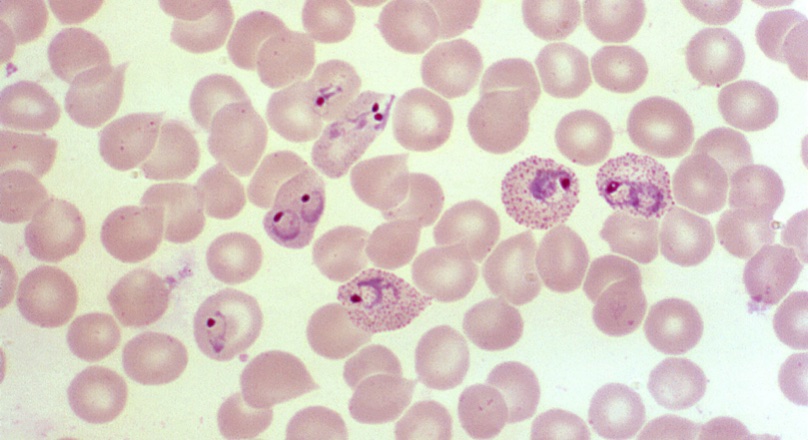Results for ""
Since 2000, India cut malaria cases by more than half and the number of malaria deaths by more than two-thirds. Ending Malaria remains a top government priority in India. In 2016, India introduced its first National Framework for Malaria Elimination (2016-2030). In 2019, the Government of India increased funding by more than 25% for the National Vector Borne Disease Control Programme.
Researchers from the Indian Institute of Technology, Bombay (IIT-B) have recently developed proteomics technologies and made artificial intelligence (AI)-based model in collaboration with three different hospitals across India. The model differentiates between two malaria parasites — P falciparum and P vivax— for better malaria diagnosis.
The researchers collected blood samples for strains of P falciparum, P vivax and dengue from across the country - Medical College Hospital, Kolkata, Sardar Patel Medical College, Bikaner and Dr LH Hiranandani Hospital, Mumbai, respectively, along with blood samples of healthy people, for creating a dataset for the training of the AI model.
The dataset was analysed and the researchers studied the protein levels from blood plasma against the severity of malaria to create quantifiable data. “Malaria cases in India are contributed majorly by the malaria-vulnerable population, which includes workers at construction sites in malaria-endemic regions – regions without a proper drainage system, leaving standing water for days to facilitate mosquito breeding – and people without awareness of the harmful effects of the standing water in their localities during the malaria season. The major issues at the time of disease are quick diagnostic aids which can tell about the causative agent of the disease,” said Shalini Aggarwal, research fellow, department of biosciences and bioengineering, IIT-B, who was part of the study.
Currently, malaria diagnosis is undertaken by manually studying the blood samples for the parasites which still has difficulty in determining the progress of the disease. “In the case of malaria, P falciparum, P vivax and other species are not differentiable by using RDTs and ideally need an expert eye along with intensive work of looking at 100 fields of blood smear using microscopy, the gold standard for malaria diagnosis,” Aggarwal added.
“In malaria season, the number of cases is high, resulting in an increased burden on clinicians for manual diagnosis. Hence, if the diagnosis along with timely progression prediction from non-severe malaria to severe condition before the development of clinical manifestations is made for clinicians, then the treatment can be specific and efficient,” she added.
Currently, the team is focused on creating a prototype of a diagnostic kit so that the technology is available to mass-detection of the disease. “The kit can be used to compile these panels of proteins for diagnostics and prognostic purposes. Once this prototype is ready we will compare the kit with the currently used RDT kits. As our study involves a panel of proteins, it will help in the reduction of false-positive and false-negative results,” added Aggarwal.
The project has been funded by the Department of Biotechnology, Government of India.






